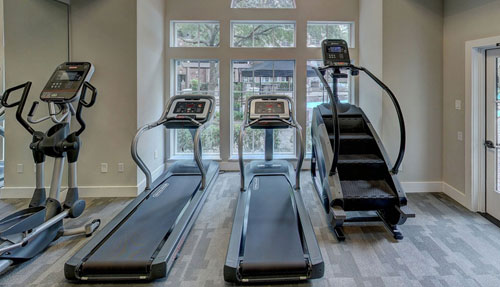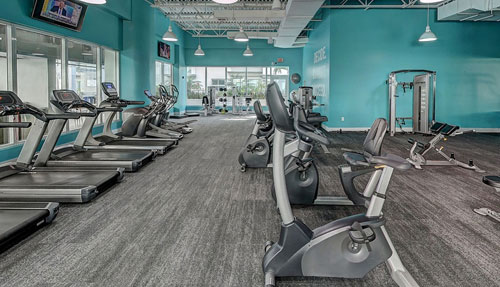How gym equipment works
October 26, 2021Gym equipment is designed to help you exercise your muscles, burn calories, improve your cardiovascular health, and more. But how does it work? What are the mechanisms behind the machines and devices that you use at the gym? In this article, we will explore some of the common types of gym equipment and how they function.
Treadmill
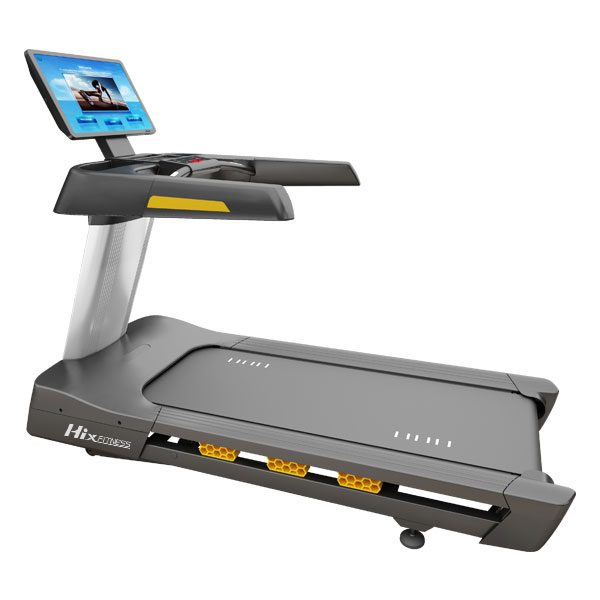
A treadmill is a machine that simulates running or walking on a flat surface. It consists of a conveyor belt that moves over a platform, a motor that drives the belt, and a console that displays speed, distance, time, calories burned, heart rate, and other information. The user can adjust the speed and incline of the belt to vary the intensity of the workout.
The treadmill works by using a flywheel to create friction between the belt and the platform. The flywheel is connected to the motor by a belt or chain. The motor controls the speed of the flywheel, which in turn controls the speed of the conveyor belt. The user can also change the incline of the platform by using a hydraulic or electric system that raises or lowers the front or back end of the platform.
The treadmill measures the user’s speed, distance, and calories burned by using sensors on the belt or the platform. The sensors detect the movement of the belt or the platform and send signals to the console. The console then calculates and displays the relevant information based on the user’s weight, age, and other factors.
The treadmill also measures the user’s heart rate by using electrodes on the handles or a chest strap that wirelessly transmits signals to the console. The console then displays the user’s heart rate and compares it to a target zone based on the user’s age and fitness level.
Elliptical Trainer
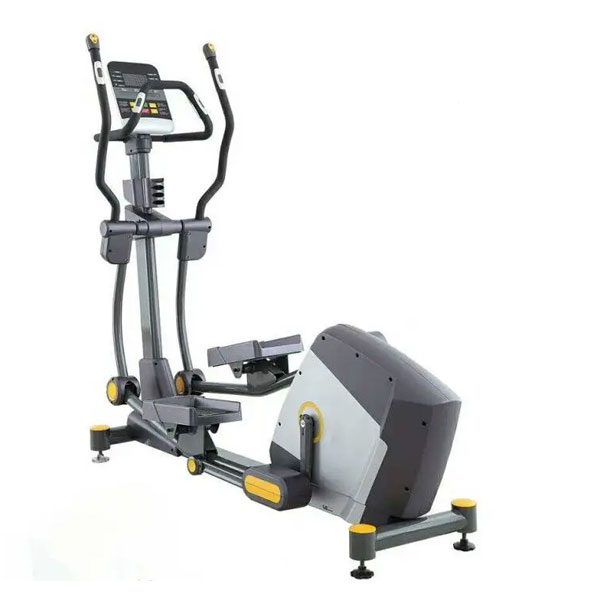
An elliptical trainer is a machine that simulates walking, running, or stair climbing without causing excessive pressure on the joints. It consists of two pedals that move in an elliptical motion, two handles that move back and forth, a flywheel that provides resistance, and a console that displays speed, distance, time, calories burned, heart rate, and other information. The user can adjust the resistance and incline of the pedals to vary the intensity of the workout.
The elliptical trainer works by using a crank to connect the pedals and the handles. The crank is attached to the flywheel by a belt or chain. The flywheel creates resistance by using magnets, fans, or brakes. The user can change the resistance by using a knob or a button on the console.
The elliptical trainer measures the user’s speed, distance, and calories burned by using sensors on the pedals or the flywheel. The sensors detect the rotation of the pedals or the flywheel and send signals to the console. The console then calculates and displays the relevant information based on the user’s weight, age, and other factors.
The elliptical trainer also measures the user’s heart rate by using electrodes on the handles or a chest strap that wirelessly transmits signals to the console. The console then displays the user’s heart rate and compares it to a target zone based on the user’s age and fitness level.
Spinning Bike
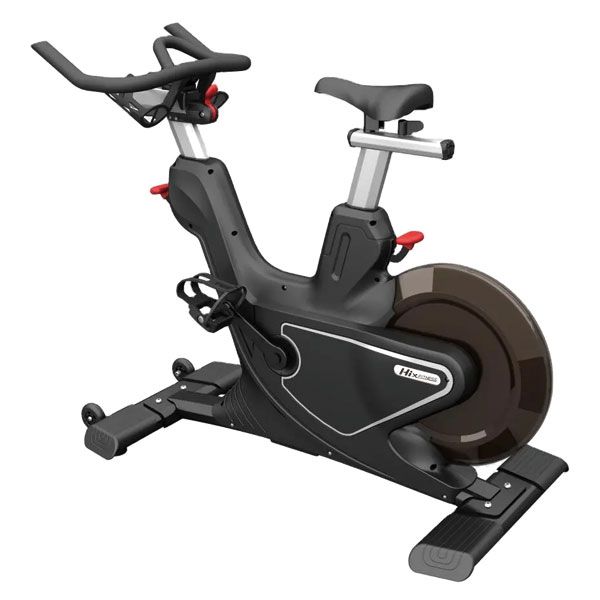
A spinning bike is a machine that simulates cycling on a road or a track. It consists of a seat, pedals, handlebars, a flywheel that provides resistance, and a console that displays speed, distance, time, calories burned, heart rate, and other information. The user can adjust the resistance and position of the seat and handlebars to vary the intensity and comfort of the workout.
The spinning bike works by using a chain or belt to connect the pedals and the flywheel. The flywheel creates resistance by using magnets, fans, or brakes. The user can change the resistance by using a knob or a button on the console.
The spinning bike measures the user’s speed, distance, and calories burned by using sensors on the pedals or the flywheel. The sensors detect the rotation of the pedals or the flywheel and send signals to the console. The console then calculates and displays the relevant information based on the user’s weight, age, and other factors.
The spinning bike also measures the user’s heart rate by using electrodes on the handlebars or a chest strap that wirelessly transmits signals to the console. The console then displays the user’s heart rate and compares it to a target zone based on the user’s age and fitness level.
Conclusion
Gym equipment is designed to help you exercise your muscles, burn calories, improve your cardiovascular health, and more. But how does it work? What are the mechanisms behind the machines and devices that you use at the gym? In this article, we explored some of the common types of gym equipment and how they function. We hope you learned something new and useful from this article.




